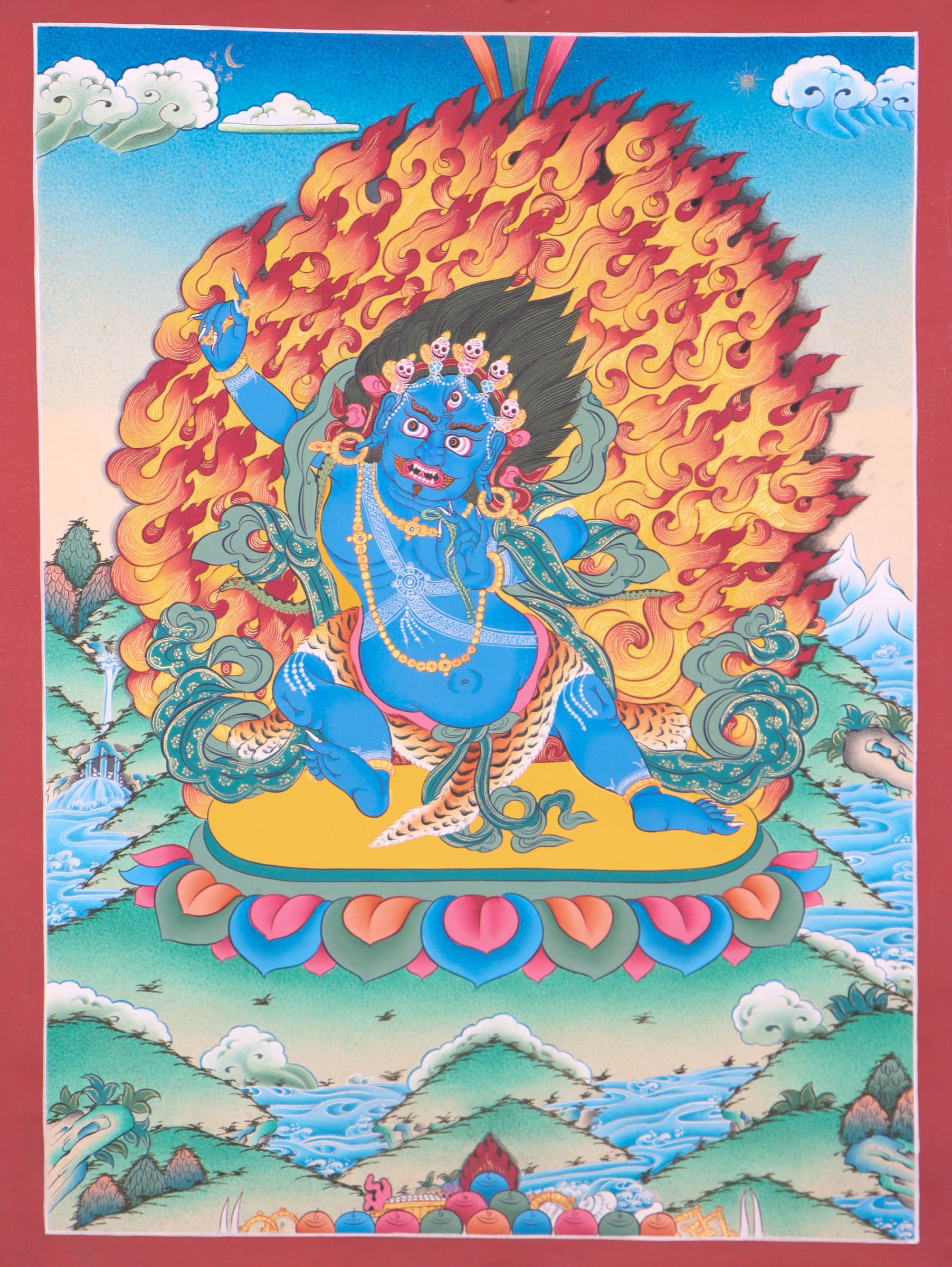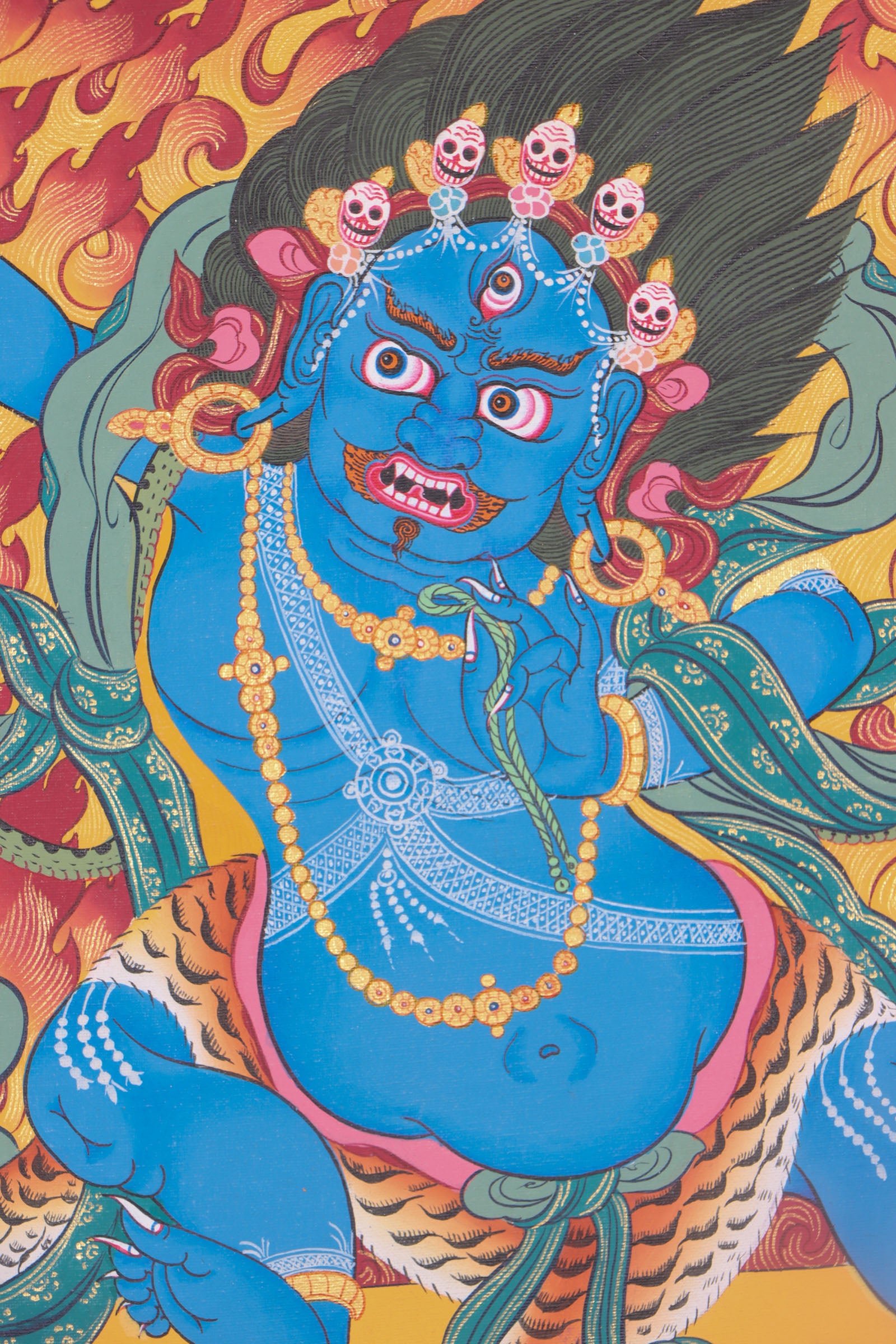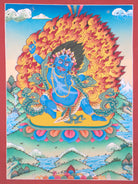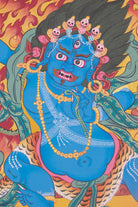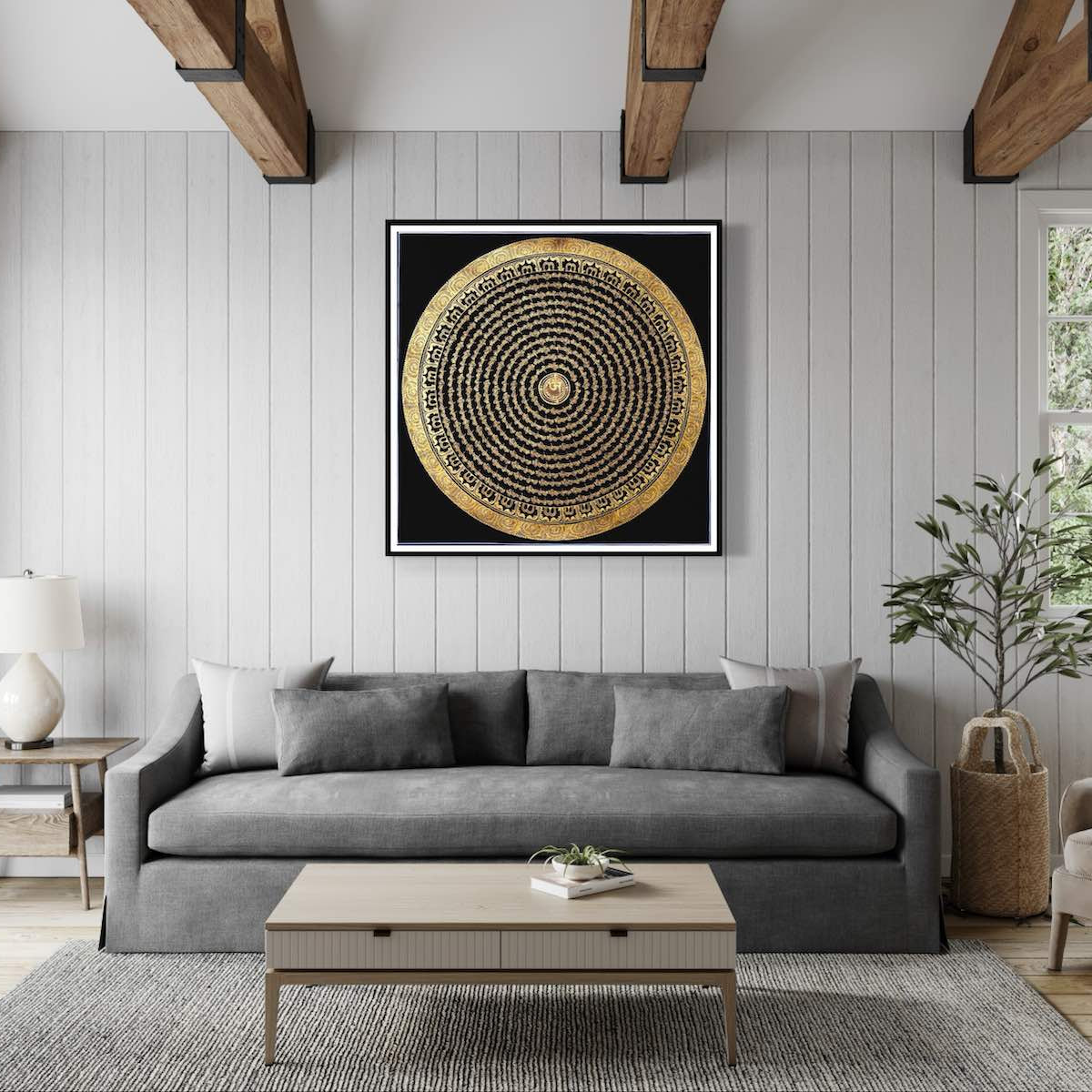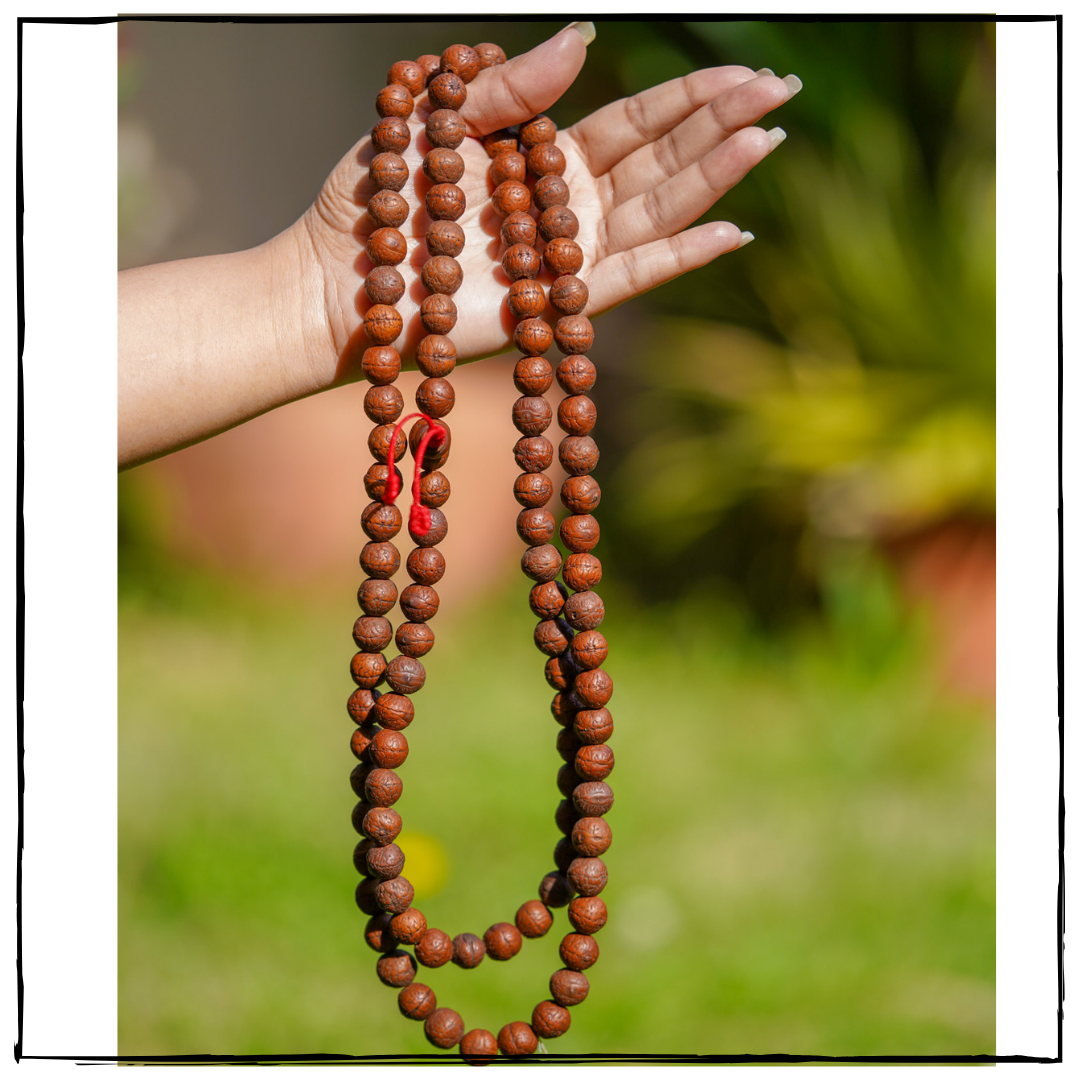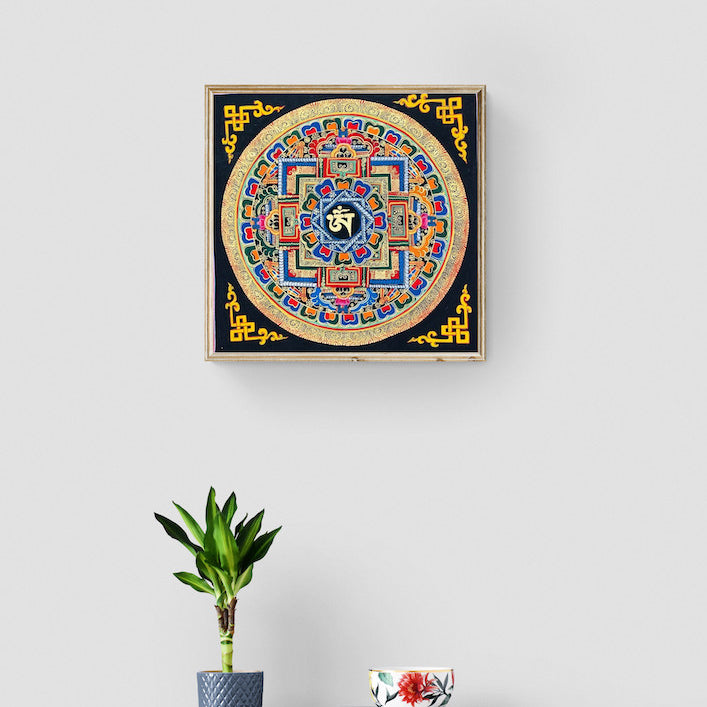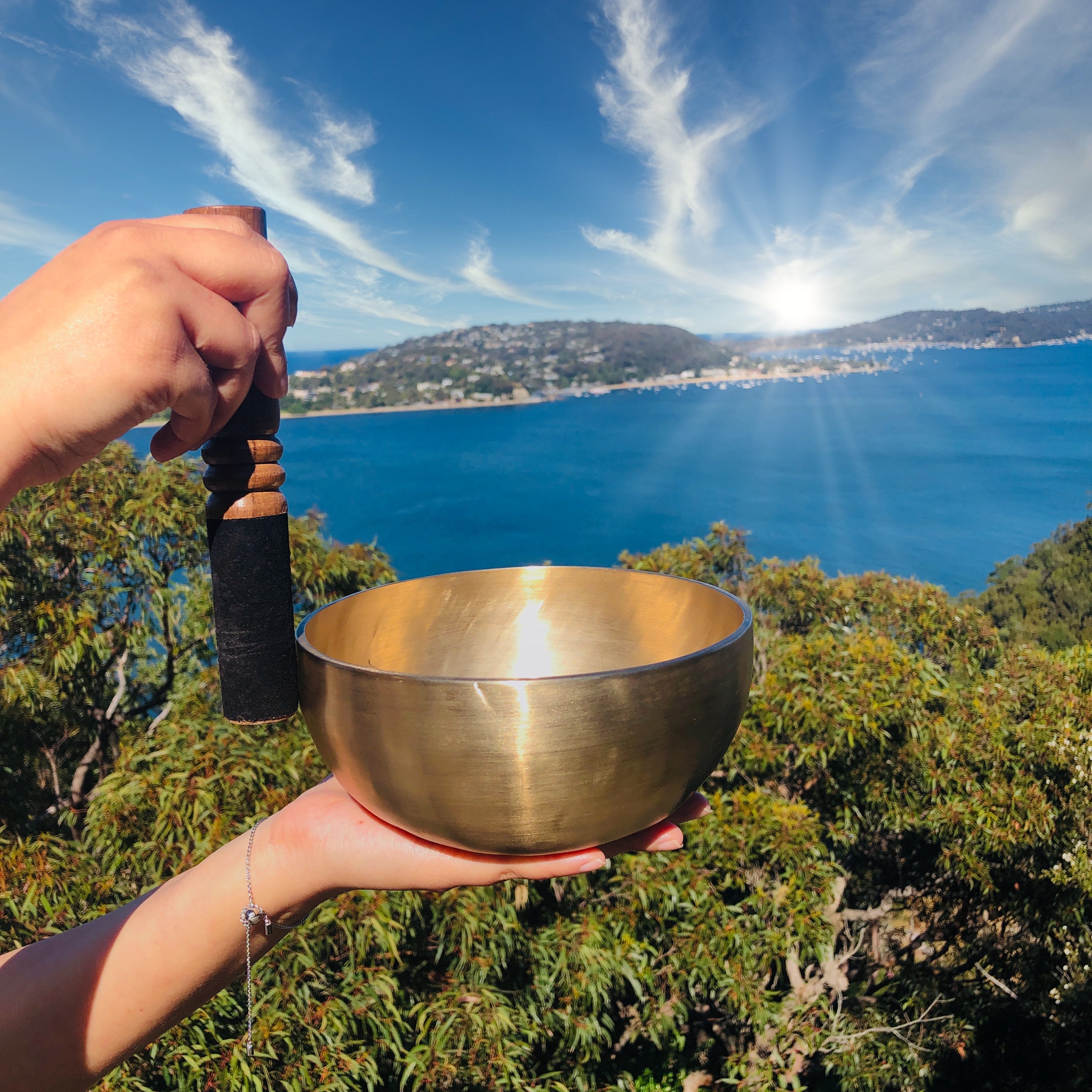Vajrapani Thangka Painting
Couldn't load pickup availability
Description
Vajrapani Thangka Painting are sacred objects of Tibetan Buddhism, symbolizing Vajrapani' s strength as a powerful guardian of the Buddha's teachings. It is thought that having a Vajrapani Thangka in one's home or place of worship brings protective energies and promotes the Dharma.
Vajrapani is visualized as a wrathful being of blue or dark tint, symbolizing the potency of his energy to transform. He holds a vajra (thunderbolt) or a lasso tipped with a vajra in his right hand, the vajra-handled bell in his left, symbolizing the perfect balance of skillful means and wisdom. Representing the power of the enlightened mind, he is the protector of Dharma and its cultivators. It serves as a focus for meditation, visualization, and calling upon his blessings to remove barriers and provide spiritual power and protection. Those who worship the portrayed religious figure are believed to get knowledge, divine direction, and good karma. One may increase their luck and achieve their greatest dreams by being consistent and devoted.
Product Specification:
- Hand Painted
- Materials: Semi-Precious Natural Minerals
- Base: Cotton Canvas
- Origination: Nepal
Tibetan artists craft the Vajrapani Thangka using complex and vibrant brushstrokes, creating a visually stunning representation of the deity. This traditional painting bestows luck and protection to any space.

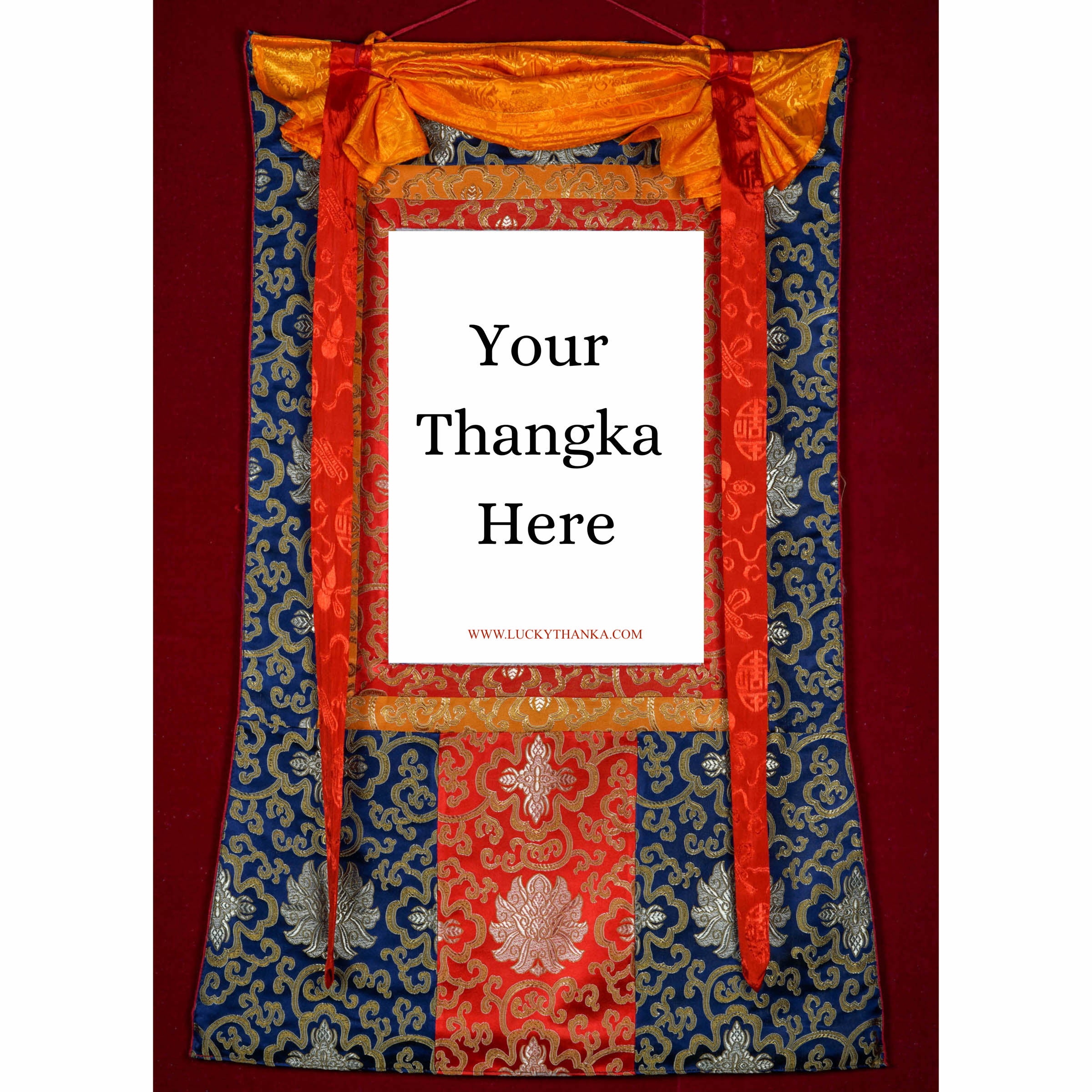
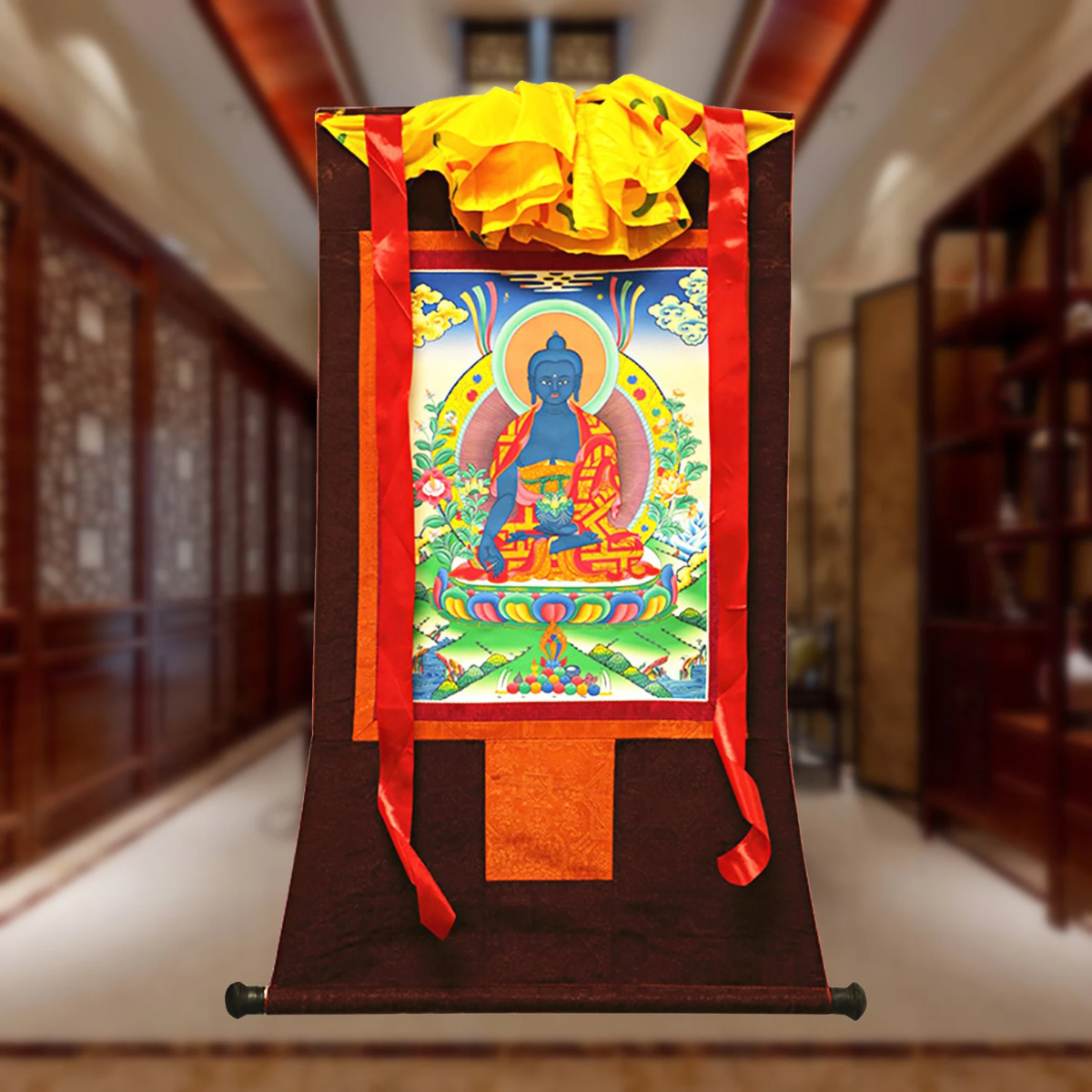
Hand Embroidery Brocade
Want to add a Brocade to your beautiful Thangka Painting? Traditional Style Brocade has been one of the most popular form of mounting as it has a greater religious merit.
Note: Make sure you have added the Thangka to your cart first.
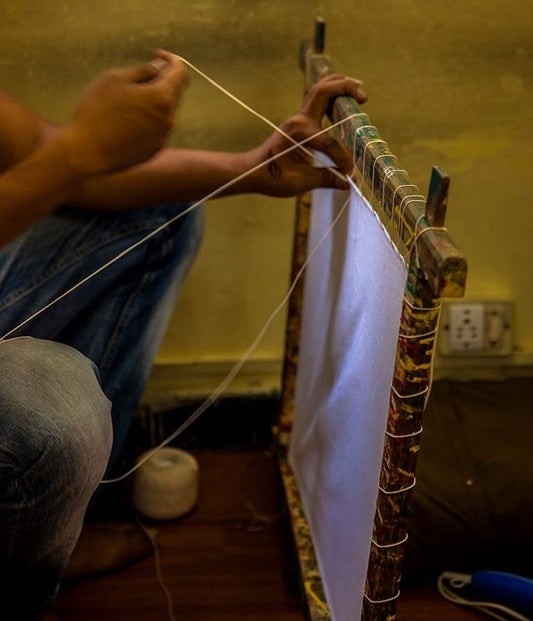
100% Cotton Canvas
Preparing the Cotton canvas before starting to paint a Thangka. This process includes washing, drying, stretching, sizing and everything needed to make a perfect base for the thangka to last for centuries.
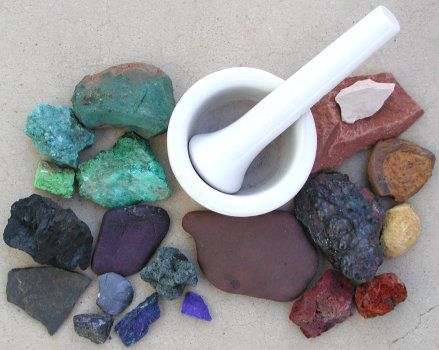
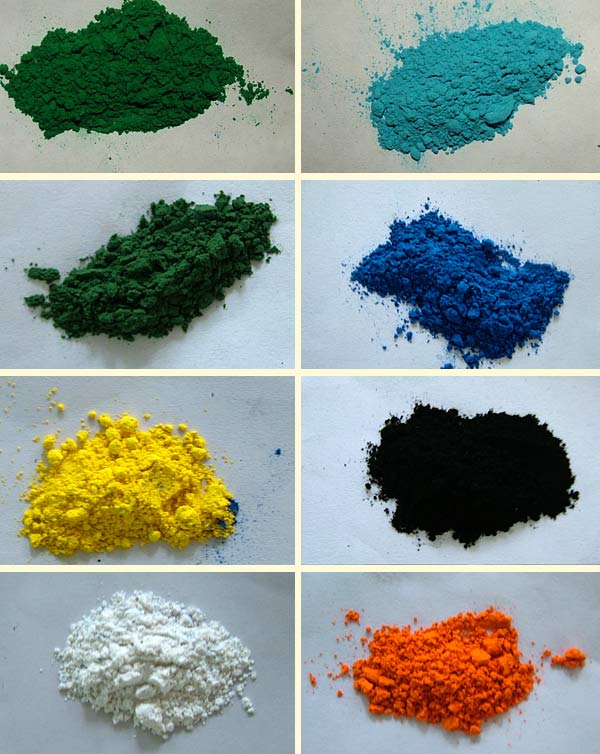
Natural Minerals
Thangka Paintings are painted using the natural minerals. These are firstly grind into the powder form and then used in the thangka as a paint.



